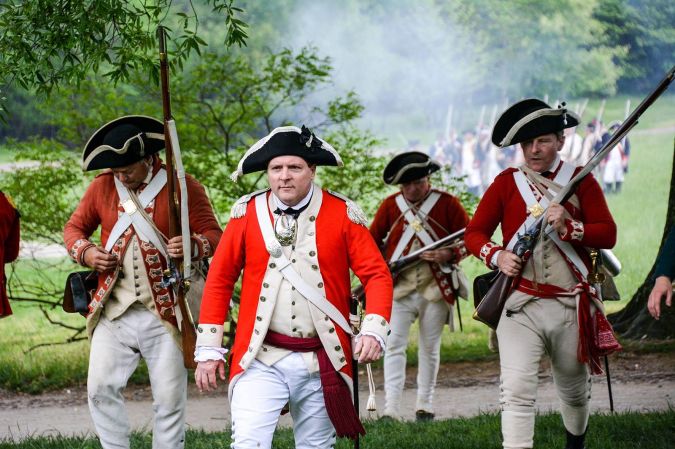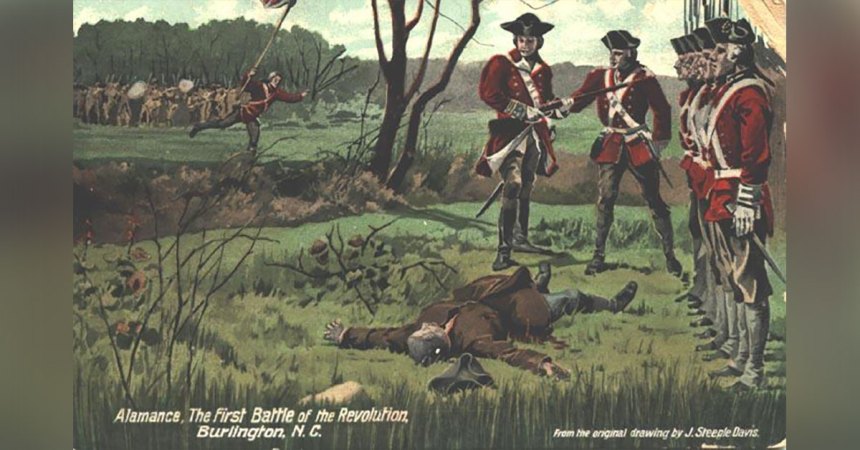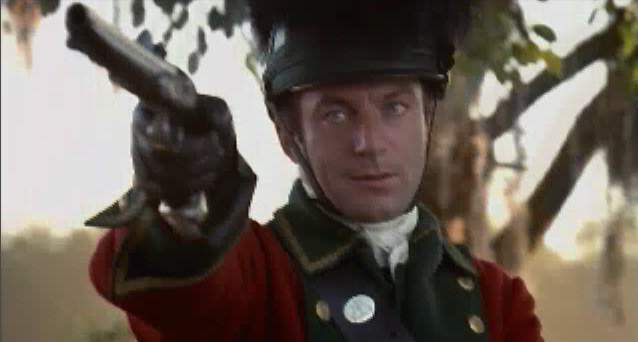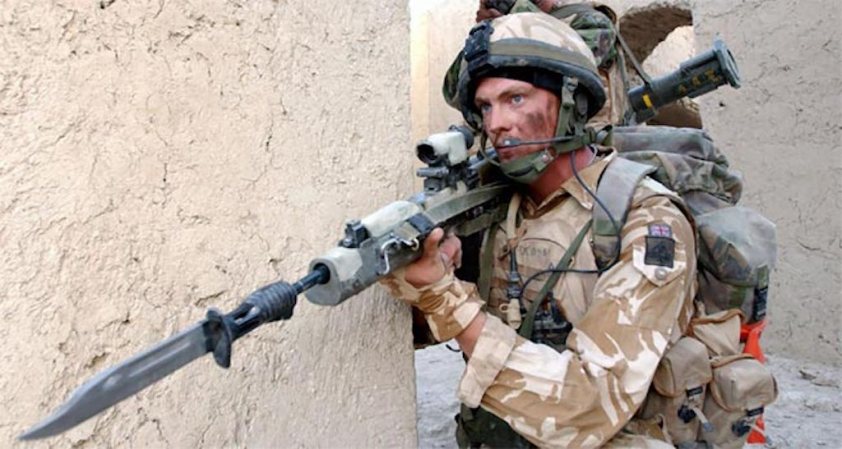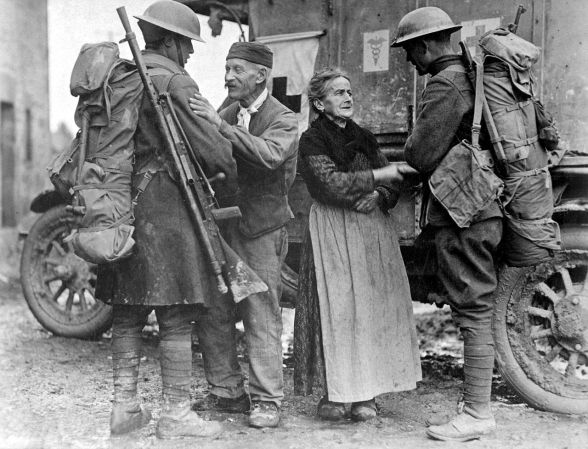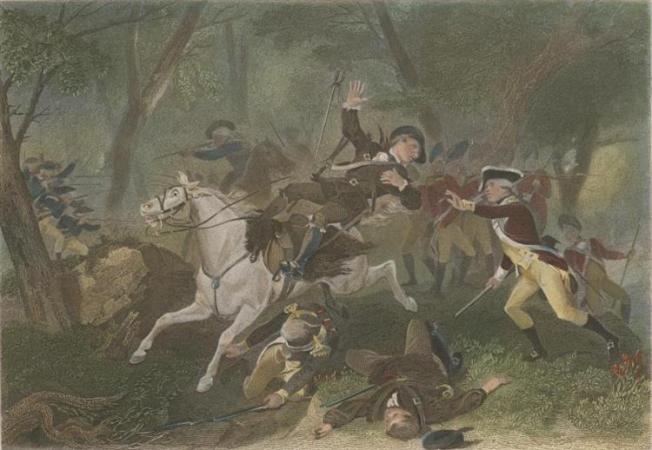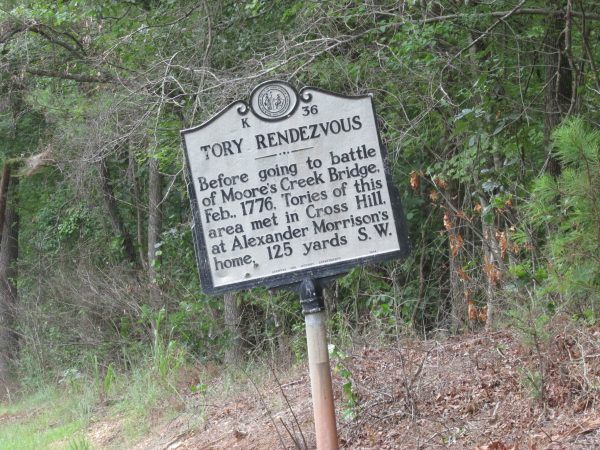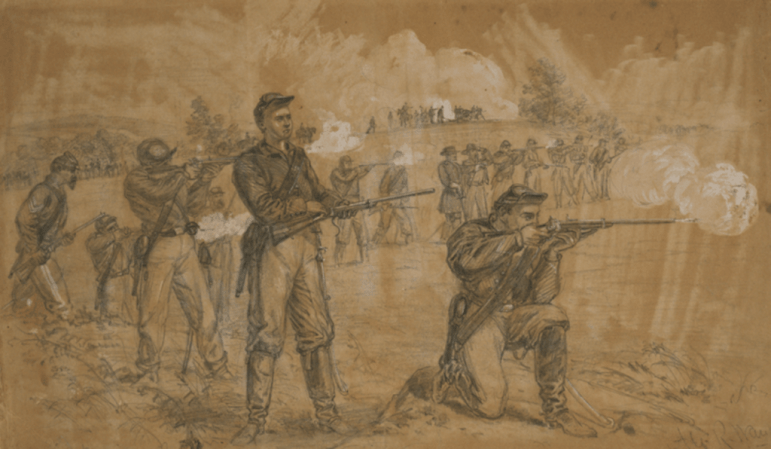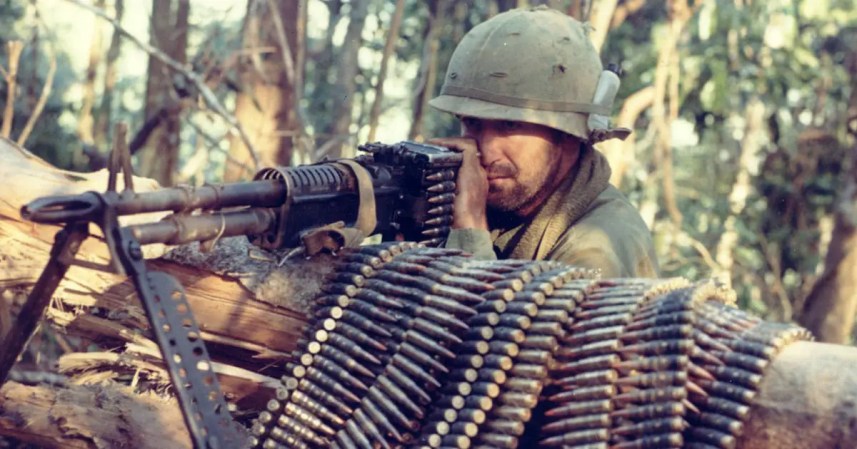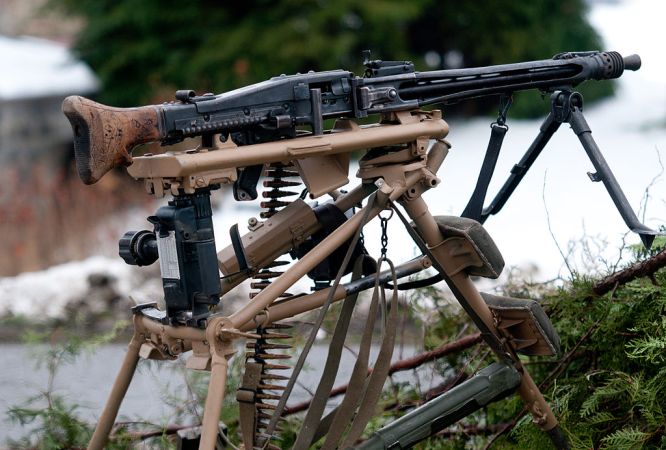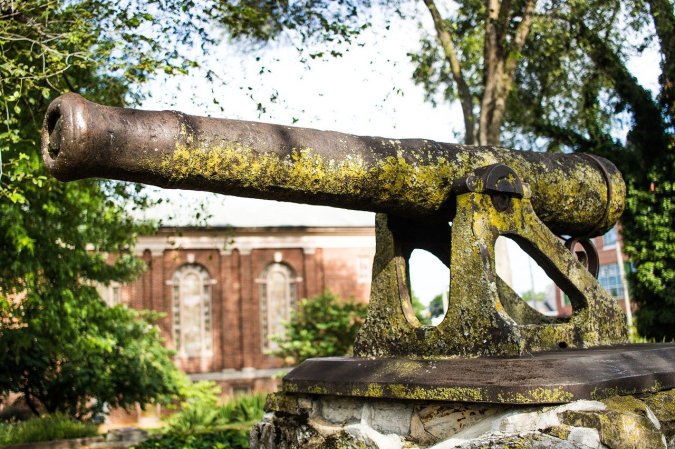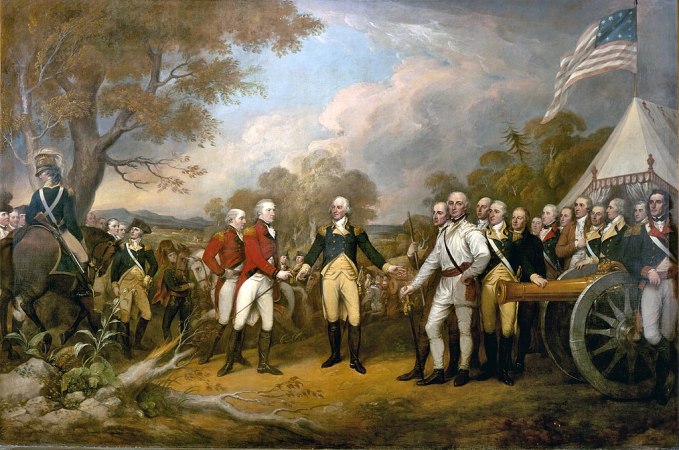When our nation was young and yearned to be free from the shackles of tyranny, she relied on its patriots to defend the hopes and dreams of generations to come. In a time when the promises of their generals could not be counted on, the infantryman relied on this weapon the most.

The ‘Brown Bess,’ or the Long Land Pattern Musket, and its variations were designed and produced from the year 1722 into the mid-1800s by the British Empire.
It was used in service by both sides during the Revolutionary War and most civilians already had one in their home, as American colonies required, by law, that every male own one for militia duties. The fact that Continental Army troops and militia recruits would bring their rifles from home was paramount to success in the war.
The English had standardized armaments while the Colonies welcomed anything that fired into service. This created a logistical nightmare in getting munitions to the frontline (get your sh*t together, supply!). American troops would scavenge these muskets from battles or from compromised British supply lines.

The Brown Bess weighs 10.5 lbs. and is 58.5 inches long, with 42 of those inches accounted for in the length of the barrel alone.
The musket was mostly inaccurate, which is why it was utilized by tightly packed lines of infantry that fired only when dangerously close to the enemy. Its max effective range at the time was about 100 meters in good weather. Its smooth bore and flint lock firing mechanism made it difficult to fire in the rain – if it fired at all.
To make matters worse, fighting in a tight firing line added the additional danger of incurring concussions from musket fire immediately to one’s left and right.
Later models would see a steady increase in range, the replacement of the flintlock with a percussion cap, and manufacturing standardization. However, those changes wouldn’t be made until long after the rebellion was won.

The firing rate is, technically, 3 to 4 rounds per minute, but in the face of a bayonet charge, one would be lucky to fire a second shot before engaging in hand-to-hand combat.
The Brown Bess fired an 18mm musket ball made of lead with the option of fixing a bayonet to defend against infantry and cavalry charges.
(lastswordfighter none | YouTube)
The Brown Bess may have been inaccurate, susceptible to misfires, and costly to reproduce, but in the hands of patriots, standing shoulder to shoulder, each volley brought the upstart nation a step closer to independence.



